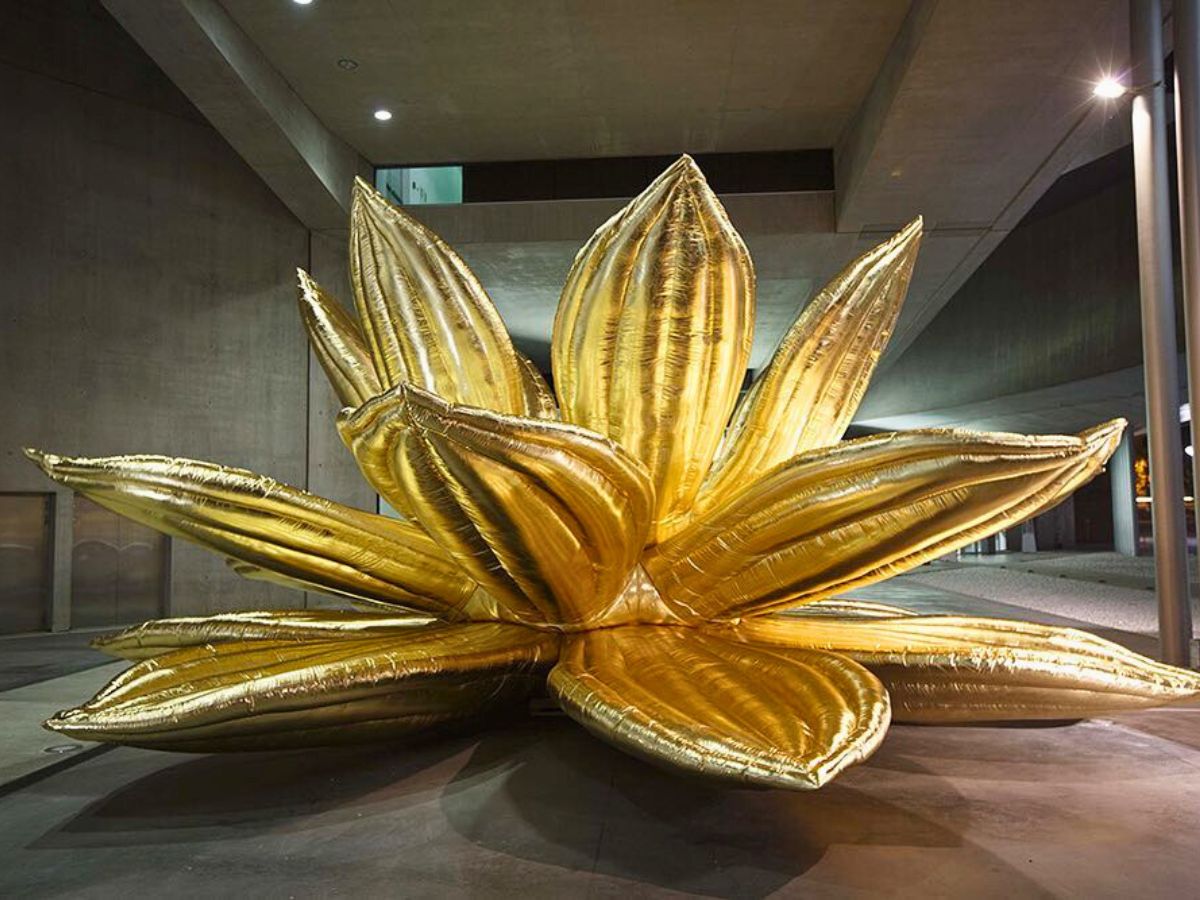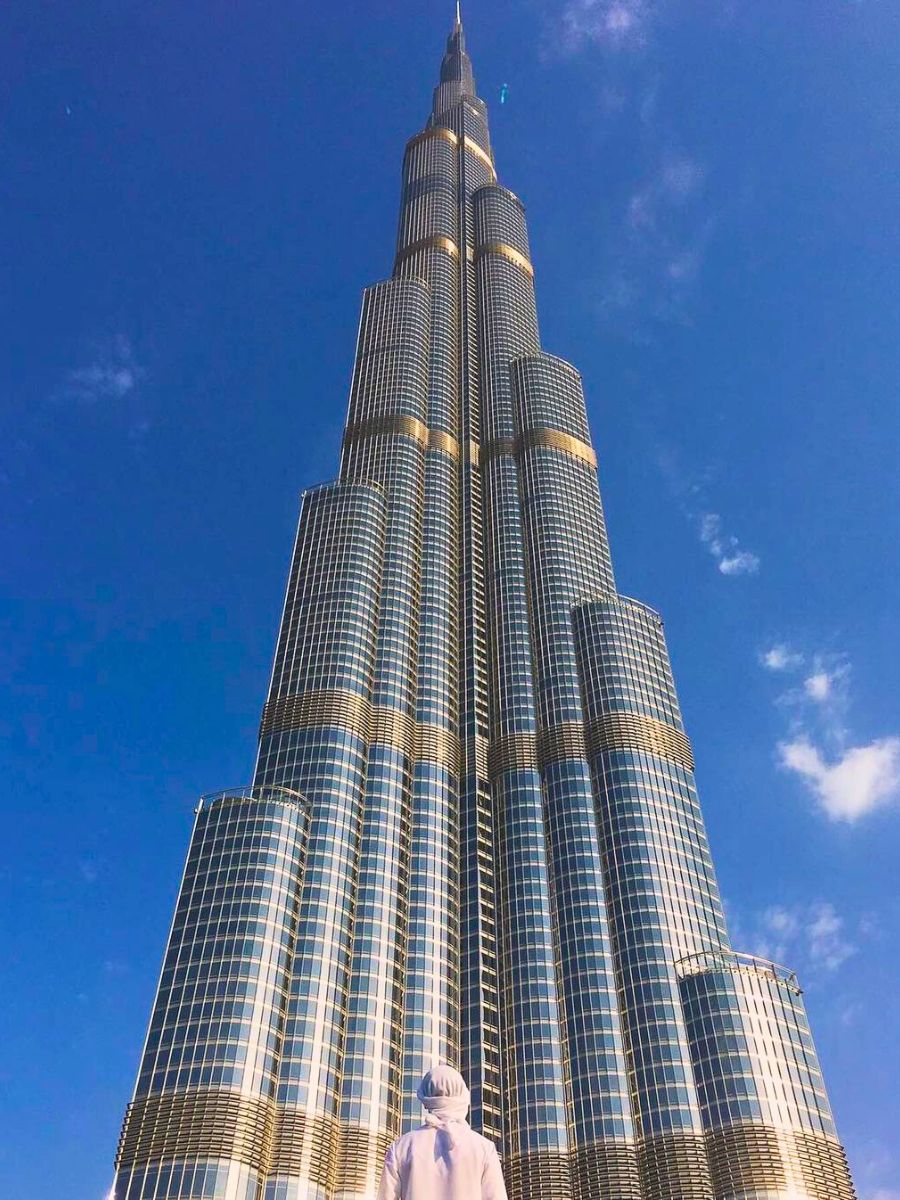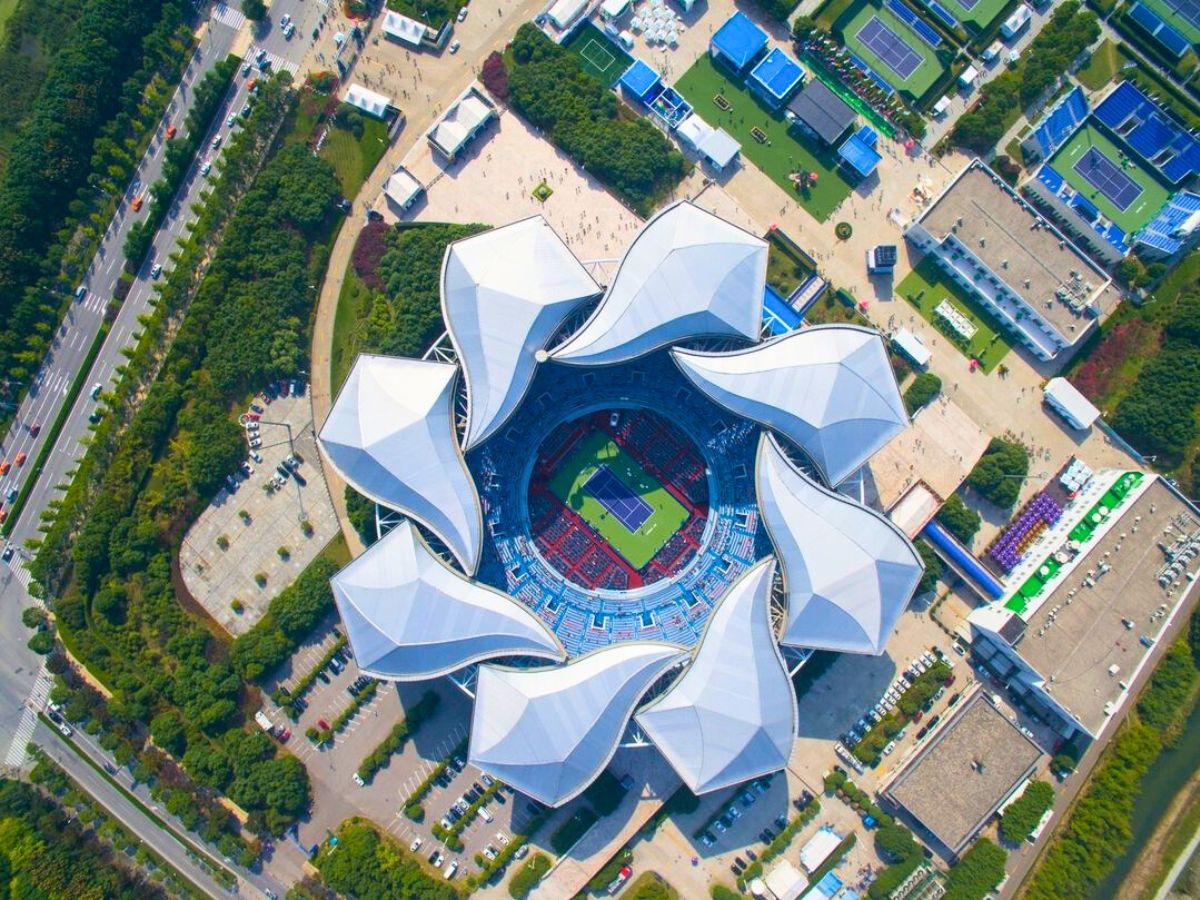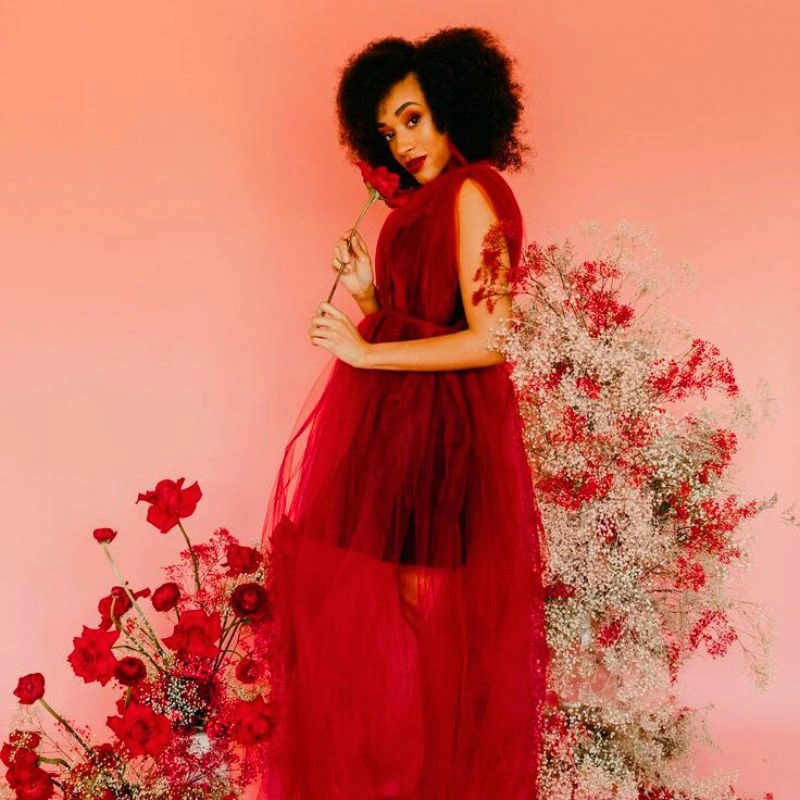Flowers have long inspired creative minds, from Shakespeare to Georgia O'Keeffe, and they continue to do so in architecture. The natural balance of a floral bloom lends itself perfectly to structural composition, as evidenced by some of the world's most well-known modern architectural works. Take a look at seven beautiful examples of architecture inspired by flowers.
7 Architecture Projects Inspired by Flowers
Some of the most artistic architectural projects inspired by flowers are the lotus flowers influenced the blossoming shape of Moshe Safdie's ArtScience Museum in Singapore, a sculpture at Zaha Hadid's MAXXI museum in Rome, and, of course, India's Lotus Temple. Shanghai's Qizhong Tennis Center draws inspiration from magnolia petals, while SOM's Burj Khalifa has a Y-shaped design reminiscent of a spider lily. Time to explore a unique collection of the world's best floral-inspired structures.
1. Lotus Temple in Delhi, India
The Lotus Temple in Delhi is a striking architectural building renowned for its unique lotus flower-inspired design. Completed in 1986, it serves as a Bahá'í House of Worship, welcoming people of all faiths to meditate and pray. Designed by Iranian architect Fariborz Sahba, the temple's structure consists of 27 free-standing marble-clad 'petals' arranged in clusters, forming the shape of a lotus flower.

This design not only symbolizes purity and beauty but also serves practical purposes, such as efficient natural ventilation and illumination. The temple's form, with its gracefully unfolding petals, mirrors the natural elegance of the lotus flower, embodying the harmony between nature and spirituality.
2. MAXXI Museum in Rome, Italy
The MAXXI Museum, located in Rome, Italy, is a contemporary art and architecture museum designed by the renowned architect Zaha Hadid. Opened in 2010, MAXXI is characterized by its innovative and dynamic architecture, featuring fluid lines and interconnected spaces. While not directly inspired by flowers in their form, MAXXI's design embodies principles found in nature, particularly in the fluidity and organic flow of its spaces.

Photo: @mcabreu
The museum's design reflects Hadid's vision of architecture as an organic entity, where spaces blend seamlessly to create a sense of continuity and movement. In this way, MAXXI can be seen as a metaphorical representation of a flower, with its interconnected spaces mimicking the growth and evolution found in natural forms, thus offering visitors a unique and immersive architectural experience.

Photo: @cultrise
3. Sheikh Zayed Mosque in Abu Dhabi, UAE
The Sheikh Zayed Mosque, located in Abu Dhabi, United Arab Emirates, is one of the largest and most magnificent mosques in the world. Completed in 2007, it serves as a significant religious and cultural landmark, accommodating thousands of worshippers and visitors daily. Designed by Syrian architect Yousef Abdelky and influenced by various Islamic architectural styles, the mosque features intricate floral motifs and geometric patterns throughout its design.

Photo: @marina_novitckaya
The central dome, in particular, is adorned with delicate floral patterns and intricate calligraphy, while the interior spaces are embellished with floral-inspired designs in marble, mosaic, and glass. This floral ornamentation not only enhances the aesthetic beauty of the mosque but also symbolizes the richness and diversity of Islamic culture, creating a serene and spiritually uplifting atmosphere for worshippers and visitors alike.
4. ArtScience Museum at Marina Bay Sands in Singapore
Moshe Safdie found inspiration in a lotus flower for the design of the ArtScience Museum at the Marina Bay Sands resort in Singapore. Each petal features a skylight at the tip to illuminate the interior with natural light.

Photo: @skyflygirl
5. Burj Khalifa in Dubai, UAE
The three-pronged footprint of Dubai's Burj Khalifa tower is an abstraction of the spider lily, also known as 'Hymenocallis'. The Burj Khalifa, located in Dubai, United Arab Emirates, stands as the world's tallest building, reaching a height of over 828 meters (2,716.5 feet). Designed by architect Adrian Smith and completed in 2010, the skyscraper's sleek and tapered form draws inspiration from natural elements, including the delicate petals of a desert flower.

6. Hangzhou Sports Center in Beijing, China
The Hangzhou Sports Center, situated in Hangzhou, China, is a prominent architectural landmark renowned for its innovative design and functionality. Completed in 2013 for the 2022 Asian Games, the center's main stadium, dubbed the 'Dragon Stadium', is characterized by its striking lotus-inspired form.
Designed by NBBJ, the stadium's roof structure resembles the petals of a lotus flower in bloom, with intricate patterns and overlapping layers that create a visually captivating effect. This design not only pays homage to the lotus, a revered symbol in Chinese culture but also serves practical purposes, such as providing ample natural ventilation and shade for spectators.
The Hangzhou Sports Center stands as a testament to the fusion of architectural creativity and cultural symbolism, embodying the timeless beauty and resilience of nature's floral motifs.

7. Qizhong Forest Sports City Arena in Shanghai, China
As part of the seven remarkable architectural projects inspired by nature and flowers is the Qizhong Forest Sports City Arena located in Shanghai, China. It is a notable architectural masterpiece renowned for its innovative design and functionality.
Completed in 2005, the center's centerpiece, the Lotus Court Stadium, is inspired by the delicate and elegant form of the lotus flower. Designed by Australian architectural firm PTW Architects, the stadium's retractable roof resembles the unfolding petals of a lotus, creating a visually stunning spectacle.
The architectural homage to the lotus, a revered symbol in Chinese culture, not only enhances the aesthetic appeal of the center but also provides practical benefits, such as ample natural light and ventilation.

Certainly, flowers are and will forever be an inspiration for people all over the world.










